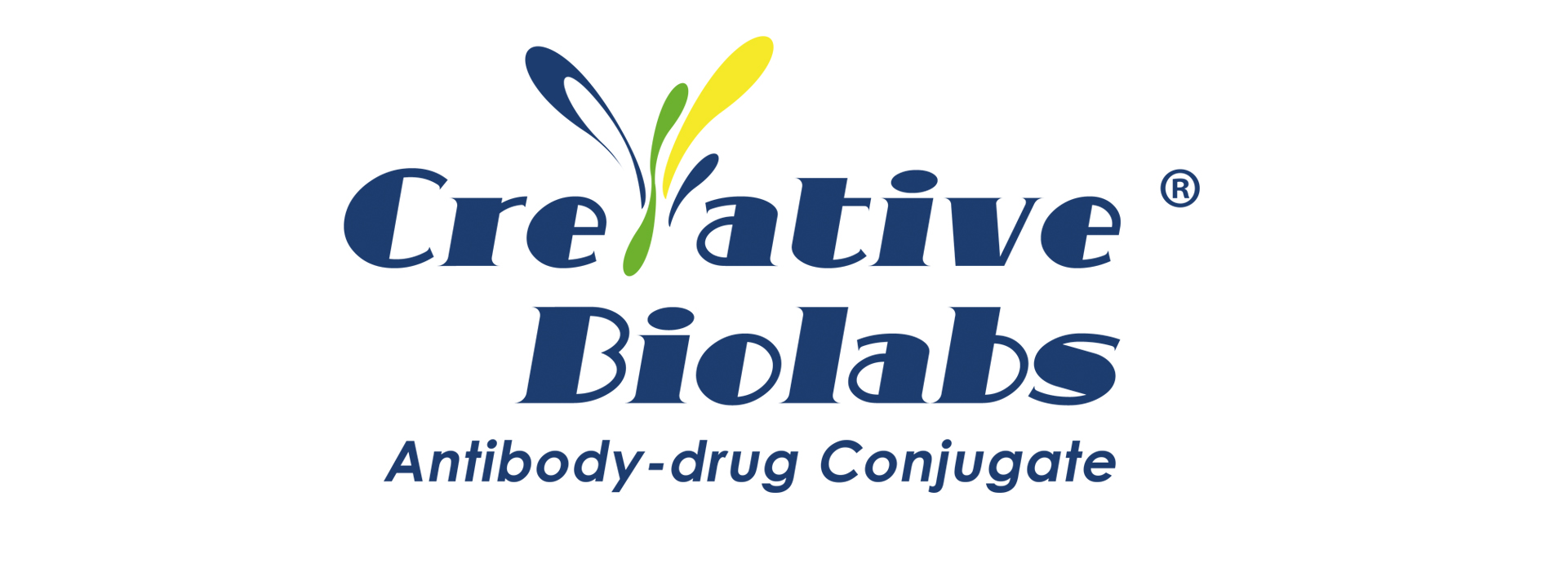Antibody-Drug Conjugates (ADCs) have revolutionized cancer therapy by combining the precision of monoclonal antibodies with the potency of cytotoxic drugs. These “guided missiles” selectively deliver payloads to tumor cells, minimizing damage to healthy tissues. However, challenges like poor solid tumor penetration and systemic toxicity persist. Enter Fragment-Drug Conjugates (FDCs) —an innovative evolution of ADCs that replaces full-length antibodies with smaller antibody fragments (e.g., Fab, scFv, sdAb). FDCs enhance tumor penetration and reduce off-target effects, positioning them as a promising next-generation tool in precision oncology.
What are antibody-drug conjugates (ADCs)?
ADCs are tripartite molecules comprising:
- Antibody: Targets tumor-specific surface antigens (e.g., HER2, CD30).
- Linker: Stabilizes the antibody-drug bond in circulation but releases payload intracellularly.
- Cytotoxic Drug: Kills cancer cells upon release (e.g., MMAE, DM1).
Mechanism of action:
- Target Binding: Antibodies bind antigens on cancer cells.
- Internalization: The ADC-antigen complex is endocytosed.
- Payload Release: Lysosomal enzymes cleave the linker, freeing the drug to induce apoptosis.
Advantages: High specificity, reduced systemic toxicity compared to chemotherapy, and improved therapeutic windows.
Introduction to fragment-drug conjugates (FDCs)
FDCs replace full-sized antibodies with smaller fragments (e.g., Fab, scFv, SIP), offering:
- Enhanced Tumor Penetration: Smaller size (25–50 kDa vs. 150 kDa for ADCs) enables deeper solid tumor infiltration.
- Faster Clearance: Shorter half-life reduces off-target toxicity.
- Reduced Fc-Mediated Effects: Lack of Fc regions minimizes immune-related side effects.
Key FDC Formats:
- Fab-Drug Conjugates: Retain antigen-binding specificity with improved pharmacokinetics. Explore Fab-Drug Conjugate Development Services for tailored solutions.
- scFv-Drug Conjugates: Compact single-chain variants ideal for targeting cryptic epitopes. Learn more about scFv-Drug Conjugate Development.
- SdAb-Drug Conjugates: Camelid-derived nanobodies with high stability and tissue penetration. Discover SdAb-Drug Conjugate Development Services.
Mode of action: ADCs vs. FDCs
While both ADCs and FDCs follow similar targeting and internalization steps, FDCs excel in:
- Rapid Tumor Accumulation: Studies show FDCs achieve peak tumor concentrations within 2 hours, outperforming ADCs.
- Efficient Drug Release: Smaller fragments facilitate faster lysosomal processing. For example, Fab-MMAE conjugates demonstrated 30-fold shorter half-lives but comparable cytotoxicity to ADCs.
- Broad Antigen Access: FDCs bind sterically hindered epitopes inaccessible to bulkier ADCs.
Innovations in fragment-drug conjugate development
- Enhanced tumor penetration
FDCs like scFv-MMAE penetrate 70 μm into multicellular tumor spheroids, surpassing ADCs’ 20–30 μm limits. This is critical for treating dense tumors like gliomas.
- Optimized pharmacokinetics
- Re-bridging technology: Stabilizes FDCs without compromising payload release. The Rebridging Method ensures uniform drug loading and prolonged circulation.
- PEGylation: Extends half-life while maintaining tumor selectivity.
- Diverse payload-linker systems
Innovative linkers (e.g., protease-cleavable, PEGylated) balance stability and efficacy. Explore Drug-Linker Complex Products for customizable options.
- Multiplexed targeting
Multi-valent FDCs (e.g., diabodies, SIPs) engage multiple antigens simultaneously, overcoming heterogeneity. SIP-Drug Conjugates exemplify this approach.
Conclusion
Fragment-Drug Conjugates represent a paradigm shift in ADC technology, addressing limitations in solid tumor therapy and systemic toxicity. With advancements in linker chemistry, antibody engineering, and pharmacokinetic optimization, FDCs are poised to redefine precision oncology.
Unlock the potential of FDCs with Creative Biolabs’ comprehensive services:
By integrating cutting-edge FDC platforms, researchers can accelerate the development of safer, more effective cancer therapies. Contact us today to customize your next-generation conjugate!
Reference:
Tong, Juliana TW, et al. “An insight into FDA approved antibody-drug conjugates for cancer therapy.” Molecules 26.19 (2021): 5847. https://doi.org/10.3390/molecules26195847.
